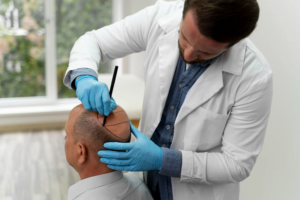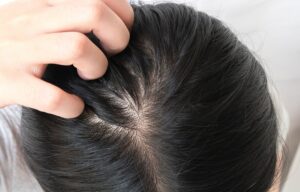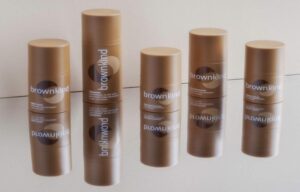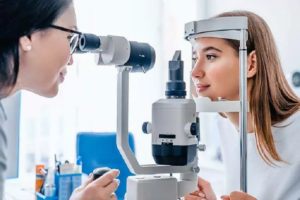Modern Hair Transplant Techniques That Deliver Natural-Looking Results
5 min read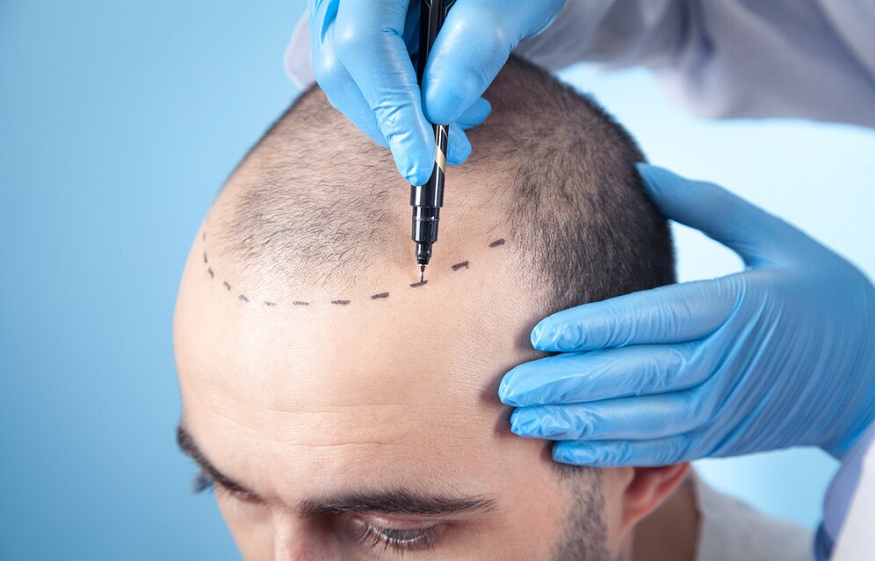
Hair restoration has changed significantly from days gone by. Those days are long gone when hair transplants looked obvious or simply unnatural. These days, with improved hair transplant practices and refined methods, people can return to a natural hairline that often blends in with their existing hair. Let’s discuss how this can all happen and what modern treatments can offer.
The Evolution of Hair Transplants
From Outdated Methods to Innovative Solutions
Hair transplants started with some less discrete methods. Early hair restoration procedures involved taking large grafts called “hair plugs,” which we would never use today. Some of these older techniques often left patients with visible scarring and some unequal results. Advancements in medical science have allowed new methods of extracting hair and implanting hair with much more precision. Today’s minimally invasive hair transplant procedures assure accuracy for all patients, comfort for the patient, and seamless (natural) results.
Why Natural Results Matter Today
Most people looking into hair restoration want results that don’t look like they’ve had any procedure done. Natural appearance is the top priority for both men and women. A successful transplant blends new follicles with existing hair in terms of growth direction, density, and placement. It allows you to restore confidence without attracting attention to the treatment itself.
Key Trends in Hair Restoration for 2025
In 2025, the focus is on enhancing patient outcomes with technology. The best hair transplant techniques today rely on robotic assistance, precision tools, and regenerative methods. Clinics are also moving toward fully customized treatment plans. Stem cell therapy, AI-assisted graft placement, and laser-guided extraction are some of the latest hair transplant methods gaining popularity.
Top Modern Hair Transplant Techniques
Follicular Unit Extraction (FUE)
How FUE Works
FUE is one of the most widely used methods today. It involves extracting individual hair follicles from the donor area, usually the back or sides of the scalp, and transplanting them into thinning or bald areas. This is done using a tiny punch tool, which avoids linear scars and reduces downtime.
Benefits of Choosing FUE
FUE is a minimally invasive hair transplant procedure. It leaves tiny scars that are nearly invisible once healed. Recovery time is short, and the method provides long-lasting results when performed by skilled surgeons. It’s one of the best hair transplant techniques for those wanting a natural look without major discomfort.
Ideal Candidates for FUE
FUE suits individuals who have enough donor hair and are looking for a natural restoration without visible scarring. It works well for people with an active lifestyle who prefer a quicker recovery process.
Direct Hair Implantation (DHI)
Precision Implantation for Natural Look
DHI takes FUE a step further. In this method, follicles are implanted directly using a specialized pen-like tool. The surgeon does not need to create incisions before implantation, which increases precision and reduces trauma to the scalp. This leads to a very natural result.
Differences Between DHI and FUE
While both techniques involve extracting individual follicles, DHI skips the step of making pre-cut channels for implantation. This allows the surgeon to control angle, direction, and depth more accurately, leading to more refined and natural hairlines.
Know more about dhi hair transplant turkey by Grace Touch Clinic
AFRO Hair Transplant
Special Considerations for Follicle Extraction
One of the key challenges in Afro hair transplants is safely removing the hair follicles without damaging their naturally curved structure. Conventional FUE methods must be carefully adapted, often using specialized punch tools designed to accommodate the curl.
Tailored Implantation for Natural-Looking Results
Implanting Afro hair requires equal attention to detail. Surgeons must match the natural angle and direction of the curl pattern to maintain symmetry and ensure the results look authentic. Density planning is also adjusted to suit the unique volume Afro hair provides, allowing for fuller coverage with fewer grafts.
Hair PRP Therapy
Stimulates Follicles for Thicker, Healthier Hair
The platelets in PRP are rich in growth factors that wake up dormant hair follicles. Once injected into the scalp, they encourage the follicles to grow stronger, healthier strands. This process supports thicker hair over time and is often used as a key part of natural-looking hair restoration.
Supports Recovery After Hair Transplant Procedures
Hair PRP therapy is commonly combined with advanced hair transplant procedures to accelerate healing and enhance results. It helps reduce inflammation, improves graft survival, and boosts natural regrowth in surrounding areas. For patients seeking a complete advanced hair restoration plan, PRP adds another layer of support to achieve fuller and longer-lasting results.
How Modern Techniques Ensure Natural-Looking Results
Hairline Design and Facial Symmetry
A natural hairline is key to successful restoration. Surgeons now design hairlines by taking into account the patient’s facial structure and age. This ensures the transplanted hair looks like it has always belonged there.
Graft Angle and Density Optimization
Every follicle has a natural growth angle. Modern tools help surgeons place each graft to match the surrounding hair direction. Density is also planned carefully to avoid patchiness while still looking full.
Know about the 5000 grafts hair transplant cost Turkey
Post-Procedure Growth Cycle and Maintenance
Transplanted hair takes time to grow. After a few months, patients start seeing visible results. Most of the new hair grows in naturally and continues to thicken over a year. Proper aftercare and regular check-ins with the clinic help maintain long-term success.
What to Look for in a Hair Transplant Clinic
Experienced Surgeons and Certifications
Always check the credentials of the surgeon. A board-certified and experienced practitioner ensures a safer procedure with better results. Training in modern techniques is a must.
Use of Advanced Tools and Technology
The best clinics use advanced tools like robotic systems, micro-punches, and DHI pens. These tools make the transplant process more efficient and precise.
Before-and-After Cases and Patient Reviews
Look for real patient photos and testimonials. These give insight into the clinic’s success rate and consistency. Transparent clinics often share their work openly.
Customized Treatment Plans
Every scalp is different. A good clinic will assess your hair loss pattern and goals to create a tailored plan. This ensures you receive the best hair transplant for natural results.
Common Questions About Modern Hair Transplants
Is It Really Permanent?
Yes, hair follicles transplanted from the donor area are resistant to thinning. Once they take root, they usually continue to grow for a lifetime. However, results also depend on overall scalp health and care.
Does It Leave Any Scars?
Modern techniques like FUE and DHI leave very tiny marks that fade with time. Linear scars from older methods are rarely seen with current advanced hair transplant procedures.
How Long Is the Recovery Period?
Most patients resume normal activities in 2 to 5 days. Full healing can take a couple of weeks, and visible growth begins around the 3-month mark.
What Results Can You Realistically Expect?
You can expect improved hair density and a natural-looking hairline. Results vary depending on donor hair availability and the surgeon’s expertise. Realistic expectations lead to higher satisfaction.
Modern Hair Restoration: A Natural Confidence Booster
Why Investing in the Right Technique Matters
Choosing the right method and clinic can transform not just your hair but also your self-esteem. The best hair transplant techniques today offer results that are natural, permanent, and virtually undetectable.
Consult a Specialist to Get Started
If you’re considering hair restoration, speak to a qualified professional. A personalized consultation can help determine which of the latest hair transplant methods is best suited for your needs.

